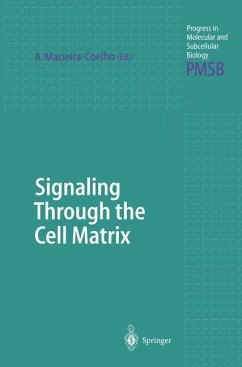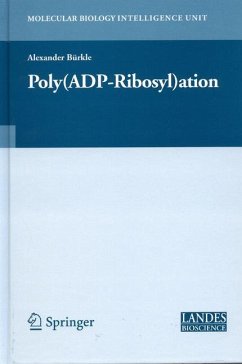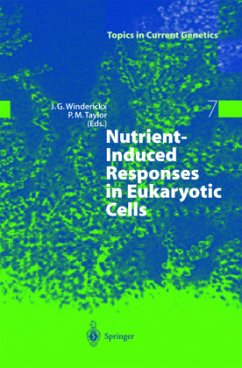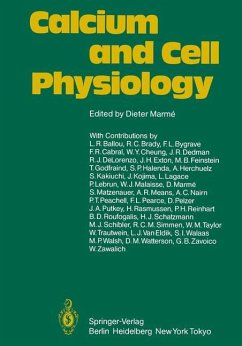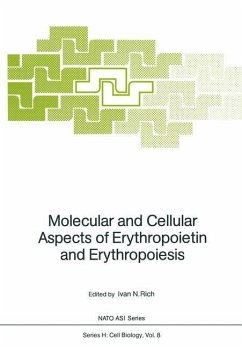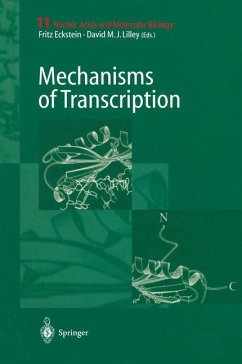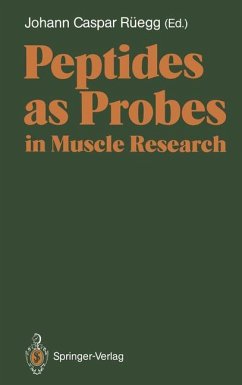
ADP-Ribosylation of Proteins
Enzymology and Biological Significance
Versandkostenfrei!
Versandfertig in 1-2 Wochen
77,99 €
inkl. MwSt.

PAYBACK Punkte
39 °P sammeln!
In 1966, a paper entitled "On the formation of a novel adenylylic compound by enzymatic extracts of liver nuclei" from Paul Mandel's laboratory in Strasbourg, France, planted the seed for a rapidly growing new field of biological research focusing on ADP-ribosylation reactions. The development of this field over the past 2 decades reflects very much a modern trend of biological research. As more detailed knowledge accumulates, enigmatic phenomena turn into concepts which create their own enigmata. This process tends to favor the development of multiple, seemingly disconnected, research lines u...
In 1966, a paper entitled "On the formation of a novel adenylylic compound by enzymatic extracts of liver nuclei" from Paul Mandel's laboratory in Strasbourg, France, planted the seed for a rapidly growing new field of biological research focusing on ADP-ribosylation reactions. The development of this field over the past 2 decades reflects very much a modern trend of biological research. As more detailed knowledge accumulates, enigmatic phenomena turn into concepts which create their own enigmata. This process tends to favor the development of multiple, seemingly disconnected, research lines until simplicity emerges from chaos and unifying concepts substitute for controversy. It appears that the field of ADP-ribosylation reactions has not yet attained this latter stage. For example, with the identification of two different classes of ADP-ribosylation reactions, i.e., mono-ADP-ribosyla tion and poly-ADP-ribosylation reactions, the field split very early into two separate branches of research. With the present volume, we have divided the task of reviewing these two classes of ADP ribosylation accordingly, although their coexistence in eukaryotes may involve a closer functional linkage than hitherto recognized.




